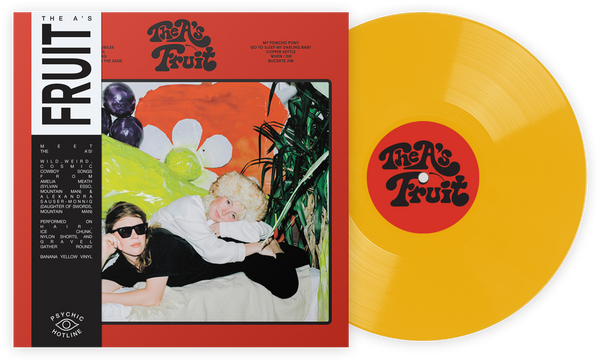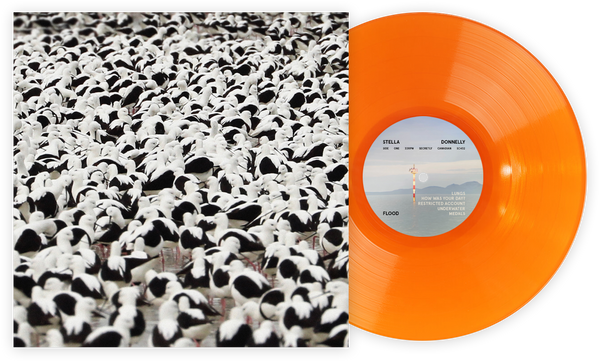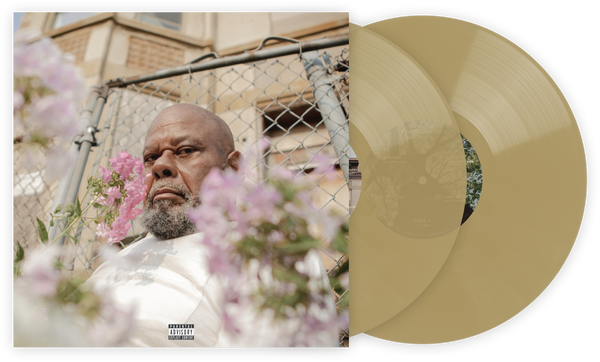A question that crops up frequently on our forums (and if you have yet to check out our happy community, I would urge you to do so) pertains to assembling a system. When discussing amplifiers—and pretty much regardless of how you construct a system, there is going to be an amplifier somewhere in it—a perfectly logical question is, “How much power do I need?” Taken at face value, this should not be a complicated question to answer. Amplifier manufacturers supply power outputs for their products so it ought to be a simple business of saying “You need x” and putting the question to bed.
The very fact that amplifier power varies wildly should be a clue that this question isn’t as straightforward as it might appear. If you can buy amplifiers that can produce 200 watts at about the same price as you can buy ones that will just about summon 10, it stands to reason that the “correct” amount of power probably isn’t going to be a single easily citable number. The right amount of power for your system is going to come down to a three-way calculation that is specific to your circumstances. If this sounds alarming—don’t worry. The figure you are going to wind up with is an approximate rather than an exact one, but it will help you work out what you need.
The first of these three variables is the type of speaker you either own or plan on owning. Like amplifiers, speakers come with a series of measurements supplied by the manufacturer. Ironically, while one of these—the power handling—will have a wattage figure, ironically it isn’t the one that really matters. Power handling is an indicator to the point that the speaker will risk damage if exposed to that sort of output for sustained periods. It isn’t actually terribly relevant in terms of choosing an amplifier.
The figure that does matter is the sensitivity measurement. This is the decibel output that the speaker can produce when given a pink noise signal amplified by one watt of power. As such, you will generally see something like 88dB/w—meaning that in an anechoic chamber, the speaker will generate 88 decibels of signal with a pink noise signal when given a single watt. The important thing to take from this is that decibels, like the Richter scale, are logarithmic. Every decibel extra on this figure means that the speaker is an order of magnitude more sensitive than before. If you have two speakers, one with a given measurement of 84dB/w and the other 90dB/w, to listen to them at the same level in a room, you are going to need considerably more power to hit that listening level with the former than the latter. Some exceptionally sensitive speakers—horn-type designs especially—will go staggeringly loud on no more than one or two watts of power, while a few companies make speakers that need plenty of grunt to sound their best.
The room and your own listening preferences are the next thing to consider. If you have a big space to fill and you prefer to feel your music as well as hear it, you are going to need rather more output than someone who prefers to listen at low levels in near field conditions. You need to be honest with yourself here. If you automatically blurt out, “Well, I don’t listen that loud,” forgetting that from time to time, you play something at the sort of levels that makes your vision wobble, you run the risks of finding yourself without the power you need to listen the way you want. Be honest and if you’re really in doubt, use one of the hundreds of free SPL meter apps for your phone to take a rough reading from a normal listening session. This can be gauged against the sensitivity of the speakers you are considering.
The last part of this calculation is the output of your source equipment and specifically your turntable’s phono preamp. This is going to produce a signal that is smaller than you would encounter from a digital device which will generally conform to a figure known in the industry as “Red Book” which is about 2 volts. A phono preamp will generally only provide an output of less than 1 volt. As such, any amplifier is going to have to work harder to hit the same level with your turntable than it does with digital. We have pointed out in the past that one of the best ways of keeping your vinyl playback as free from noise as possible is to use your amplifier to add the necessary volume rather than the gain of your preamp. So, if you are running lower gain, the output voltage will be lower still.
If you can get a handle on these three variables, you can then start to work out what sort of power output you need. If you do so, I’m willing to bet than you find, to your surprise, it is quite a bit less than you might expect. I’m listening to the very excellent There is Love in You by Four Tet as I write this. I’m using a pair of fairly insensitive speakers (86dB/w) and I’m listening at roughly 70dB. A quick check with a voltmeter (and using the method described here on the speaker terminals suggests I’m using a whisker over 15 watts of amplifier power. With 80 watts at its disposal, my amplifier isn’t working terribly hard to hit this level.
Why then, would I bother with an 80 watt amp and why would you consider more power than you actually need? The most relevant reason for doing is to have the amp operating within its performance envelope rather than right at the edge of it. Being asked to produce between 10 and 20 watts for the bulk of the time means my amp is under very little strain and won’t produce unwanted noise or distortion. The effect might be likened to two cars, one with a maximum speed of 90mph and another with one of 140mph. Using the full extent of the second car’s capabilities is unlikely to happen but it’s probably going to be more pleasant to drive at 80mph on account of what it has left in reserve. Furthermore, if you move to a larger listening space or change your speakers, having some power over and above your immediate requirements means your amp should still be good to go.
As such, the answer to a notionally simple question has an answer that will come down almost entirely to your needs. There’s no “right” answer because we all have different variables that go into giving us the number that matters. The good news is that even very affordable amplifiers will generally produce enough power for most requirements so tight budgets need not leave you hamstrung without the power you need. As with so many aspects of audio gear, the key to choosing the right product is to take a little time to work out what you need and use that research to find exactly what you want rather than something close to it. Having done so, you will be all set for the future.
Ed is a UK based journalist and consultant in the HiFi industry. He has an unhealthy obsession with nineties electronica and is skilled at removing plastic toys from speakers.
Join the Club!
Join Now, Starting at $44
Exclusive 15% Off for Teachers, Students, Military members, Healthcare professionals & First Responders - Get Verified!












